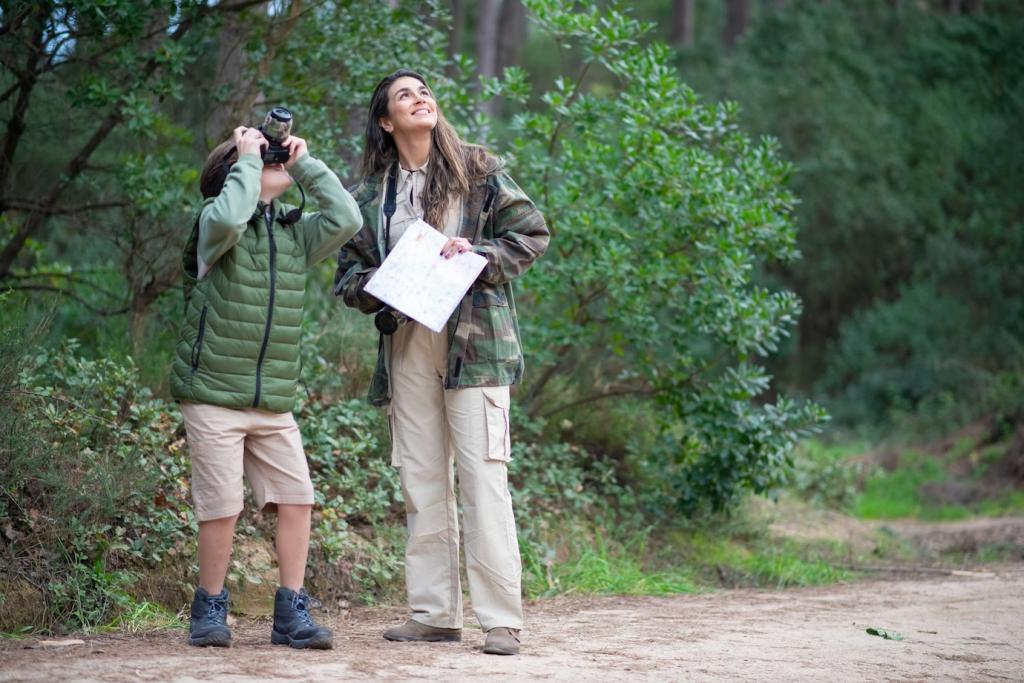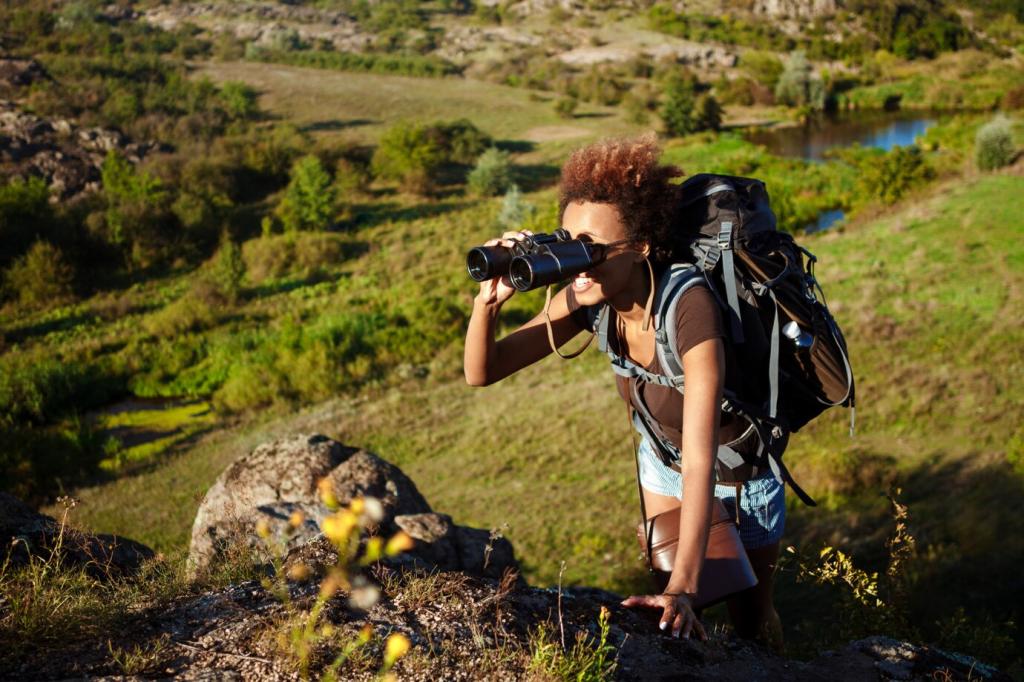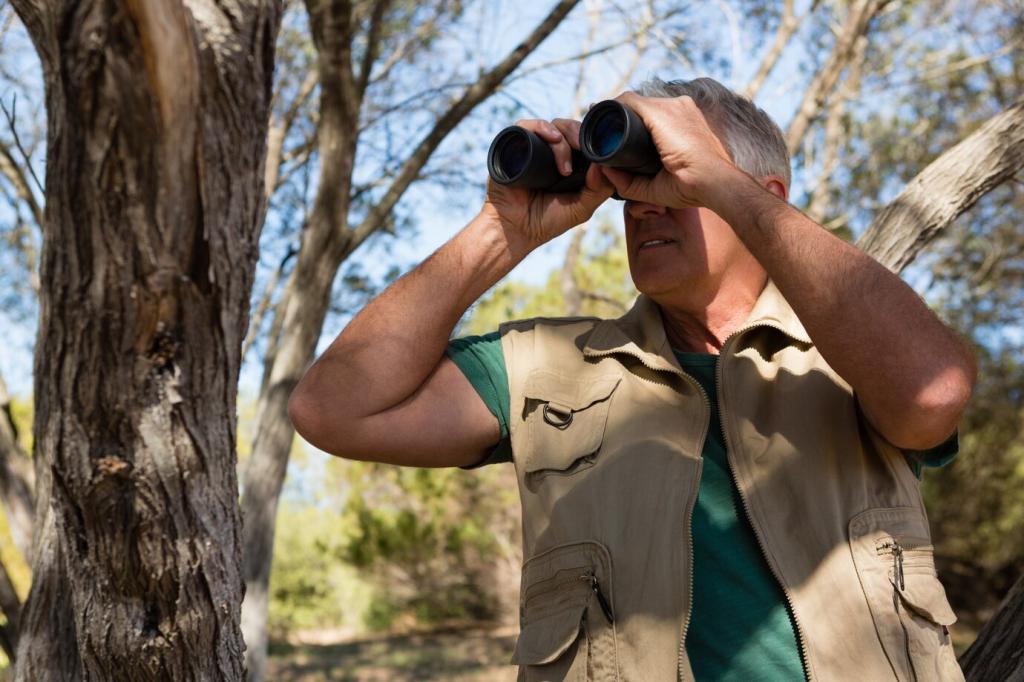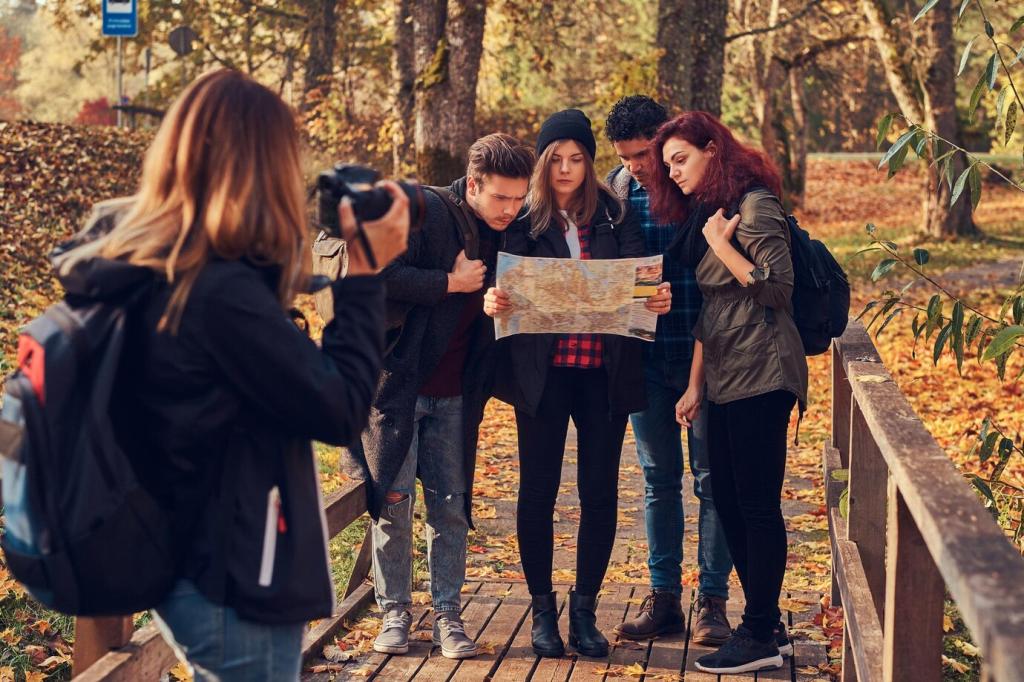Campfire Stories Written in the Stars
One August, our map sat open while meteors stitched silver threads across the page’s printed constellations. We traced Perseus, then looked up just in time for a brilliant streak. Share your favorite shower moment, and help another camper pick a perfect meteor night.
Campfire Stories Written in the Stars
From Arabic star names like Aldebaran to Latin constellations, your map preserves ancient voices. Read them aloud softly by the tent. Kids remember stories best when names carry music, and soon the sky becomes a multilingual campfire cast with enduring characters.









